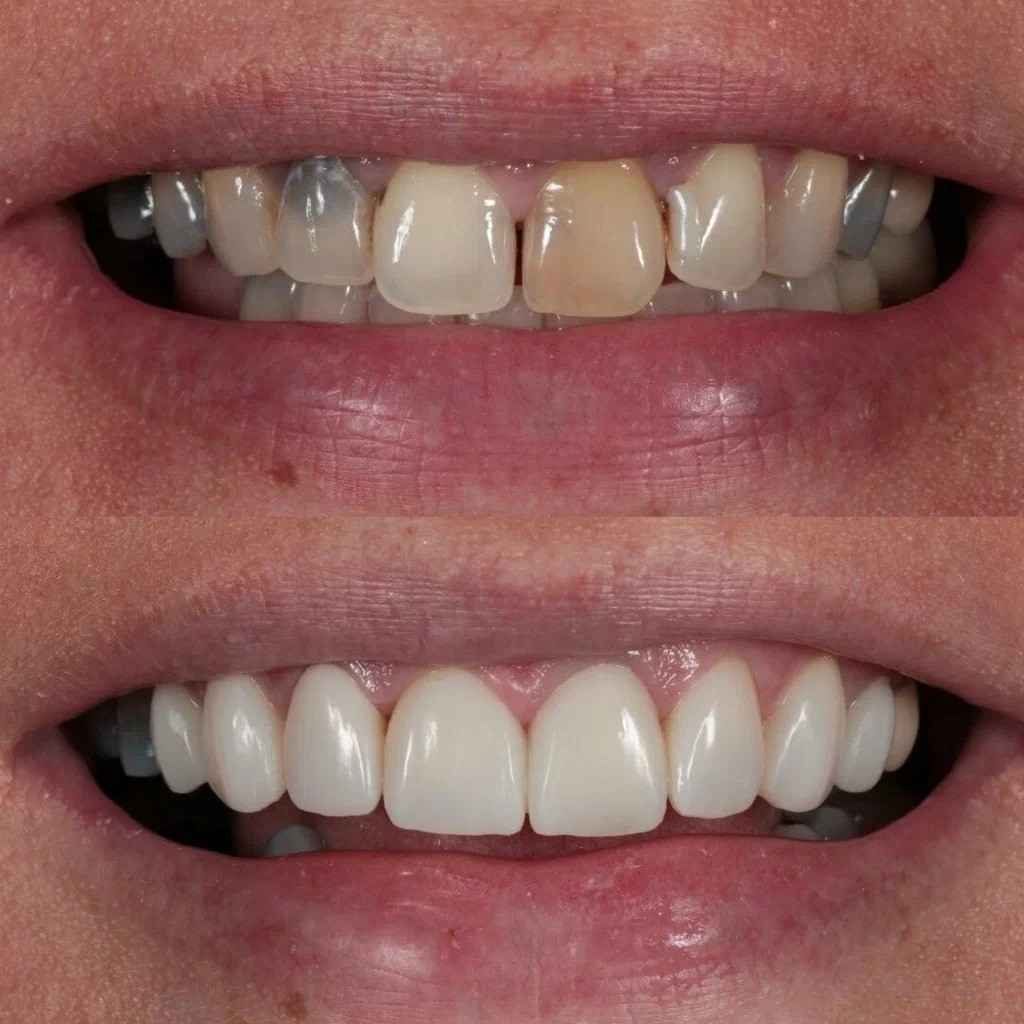


Composite bonding is a popular cosmetic dental treatment used to improve the appearance of teeth
Composite bonding is a popular cosmetic dental treatment used to improve the appearance of teeth. It involves applying a tooth-colored resin to repair chipped, discolored, or misshapen teeth. While this treatment can transform your smile beautifully, maintaining the shine and cleanliness of the bonded areas is crucial for long-lasting results. But what exactly cleans composite bonding effectively without damaging it?
Understanding Composite Bonding Care
Composite bonding material is strong, but it is not as hard as natural enamel. It is more prone to staining, especially from foods and drinks like coffee, tea, red wine, and berries. Regular oral hygiene is key to maintaining the look of composite bonding. Using the right techniques and products can help you avoid discoloration and keep your smile bright.
Brushing your teeth at least twice a day with a non-abrasive toothpaste is essential. Avoid toothpastes that contain harsh whitening agents or baking soda, as these can wear down the resin over time. A soft-bristled toothbrush is recommended because it’s gentle on both your gums and the bonding material. Flossing daily also helps prevent plaque buildup around bonded teeth, keeping them clean and healthy.
For individuals seeking high-quality cosmetic dental procedures such as Composite Bonding in Islamabad, proper aftercare guidance is always provided to help maintain the results.
Professional Cleaning and At-Home Solutions
Professional cleanings by a dental hygienist every six months are crucial. Dentists use special tools and techniques that clean the teeth without scratching the bonded surface. During these visits, your dentist can also polish the bonding to restore its original luster if minor stains have occurred.
At home, you can rinse with an alcohol-free mouthwash daily. Alcohol can weaken the bonding material over time, so it’s best to use products specifically formulated for cosmetic dental work. Additionally, incorporating a water flosser into your oral hygiene routine can help flush out food particles from hard-to-reach areas.
Avoiding smoking and limiting foods known for staining teeth can make a noticeable difference. If you can’t brush right after consuming stain-causing items, rinsing your mouth with water can help reduce staining risks.
Safe Whitening for Bonded Teeth
One common question people have is whether they can whiten bonded teeth. The answer is no—composite resin does not respond to bleaching agents the way natural teeth do. If your natural teeth become whiter with bleaching, the bonded area might stand out and appear darker in comparison. If this happens, your dentist might recommend replacing the bonding after whitening your natural teeth to ensure a uniform appearance.
That’s why it’s best to undergo any desired teeth whitening treatments before getting composite bonding, so the resin can be matched to your ideal shade from the start. Once bonded, maintaining that shade is key, and that involves avoiding habits and substances that may dull or stain the surface.
Common Mistakes to Avoid
People often unknowingly use whitening toothpaste or harsh mouth rinses that gradually erode the composite. Another mistake is biting into hard foods or using teeth as tools (like opening packages), which can chip the resin. Chewing on pens or ice, for example, can damage both natural teeth and bonded areas.
Grinding or clenching teeth can also affect composite bonding. If you have this habit, ask your dentist about a nightguard to protect your smile while you sleep.
When to Consider Polishing or Replacement
Over time, even with the best care, composite bonding may lose its polish. A professional touch-up can restore the shine. However, if the bonding is significantly stained, chipped, or worn, replacing it may be the best option. Regular dental visits will help monitor the condition of your bonding and ensure it continues to look its best.
Conclusion
Composite bonding can last for years with the right cleaning methods and lifestyle habits. Gentle brushing, regular flossing, avoiding staining agents, and routine dental visits are the cornerstones of maintenance. If you’re considering enhancing your smile through bonding or already have bonded teeth, it’s vital to stay informed about how to care for them. For expert guidance and advanced cosmetic treatments, visit Royal Cosmetic Surgery PK—your trusted partner in cosmetic dental care
